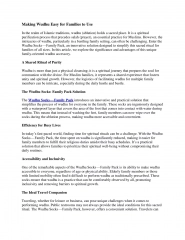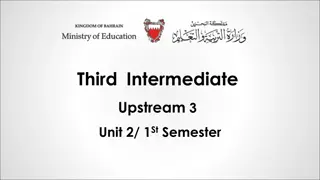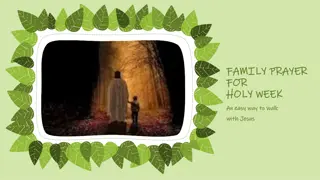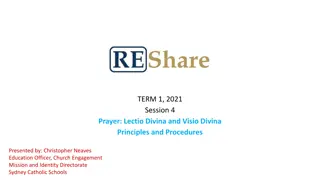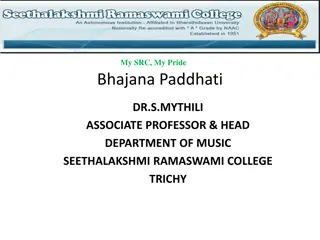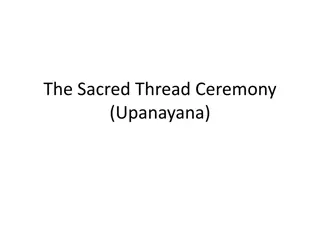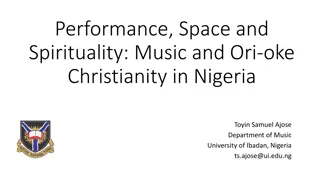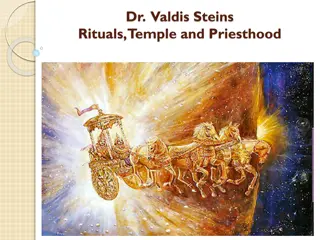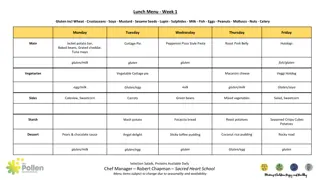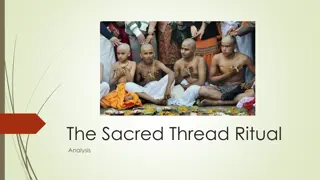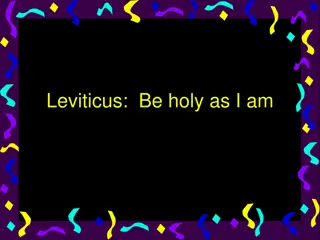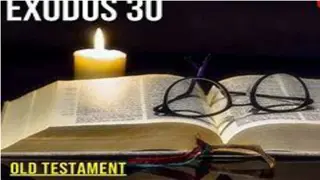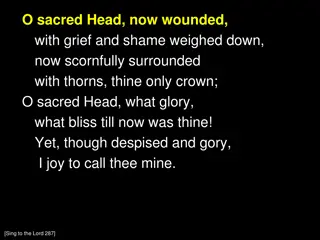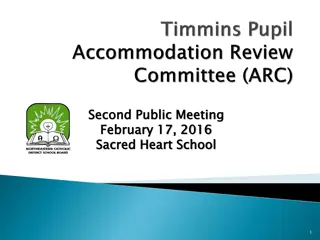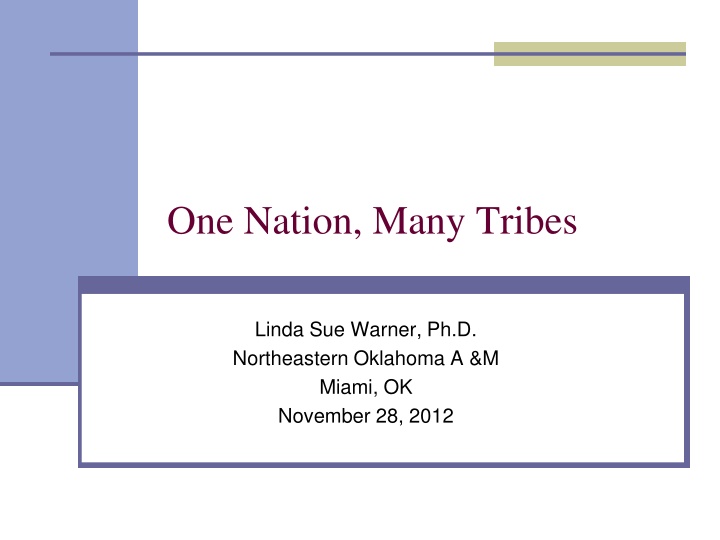
Deep Reflections on Native Heritage and Identity
Explore the complex issues of cultural identity, land rights, and the impact of historical injustices on indigenous tribes in North America. Delve into the connection between sacred lands, colonization, and the legacy of assimilation practices. Reflect on the importance of honoring ancestral heritage and preserving traditions for future generations.
Download Presentation

Please find below an Image/Link to download the presentation.
The content on the website is provided AS IS for your information and personal use only. It may not be sold, licensed, or shared on other websites without obtaining consent from the author. If you encounter any issues during the download, it is possible that the publisher has removed the file from their server.
You are allowed to download the files provided on this website for personal or commercial use, subject to the condition that they are used lawfully. All files are the property of their respective owners.
The content on the website is provided AS IS for your information and personal use only. It may not be sold, licensed, or shared on other websites without obtaining consent from the author.
E N D
Presentation Transcript
One Nation, Many Tribes Linda Sue Warner, Ph.D. Northeastern Oklahoma A &M Miami, OK November 28, 2012
Place & Identity Who You are Where you come from Where you will go ..
Issues of Place denial of rights to land, denial of use of and access to natural resources, ties to the environment that are disrupted, cultural identity that is weakened.
Sacred Land What counts as the sacred is linked to both the sacrelization of that which has been profaned (i.e., the killing of local inhabitants by invaders transforms the spot from just our land to the sacred spot , and also to the profaning of a place that is already considered sacred by the local inhabitants (i.e. trampling of ancient burial sites)
Comanches When reviewing the replication of a map of Austin, Texas, H m l ien describes the cartographic dispossession of the American Southwest. The map depicts a Euro-centric bias about the era and diminished and delegitimized the power and territorial claims of indigenous inhabitants
Seven Generations We do not inherit the land from our ancestors; we borrow it from our children.
Kill the Indian, Save the Man Pratt s charge to Congress was to put yourself in his (the Indian s) place. Pratt s advocacy of boarding schools as places to assimilate Indians created a legacy that today is a cornerstone for the sites of conscience dialogue that includes the Gulag Museum in Russia and the District Six Museum in South Africa and a potential site in North America each a testimony to the inhumane practice of removing people from their place.
Recovering the Sacred You taught me language; and my profit on t Is, I know how to curse
Federal Court Interpretations The federal courts do not apply either the First Amendment or the American Indian Religious Freedom Act of 1978 (AIRFA) in the safeguarding of or access to sacred sites.
NAGPRA In 1990, The United States Congress passed the Native American Protection and Repatriation Act (NAGPRA) with the intention of ensuring that ancestral remains and sacred objects would be returned to tribes.
a substantial likelihood of success on the merits; irreparable harm to the Tribe if the injunction is denied; the threatened harm to the tribe outweighs any harm to the U.S. Army; issuance of the injunction would not be adverse to the public interest. Medicine Bluffs
http://ts2.mm.bing.net/th?id=I.4772624306472957pid=15.1 Navajo Mount Blanca (Tsisnaasjini' - Dawn or White Shell Mountain) Sacred Mountain of the East near Alamosa in San Luis Valley, Colorado Mount Taylor (Tsoodzil - Blue Bead or Turquoise Mountain) Sacred Mountain of the South northwest of Laguna, NM San Francisco Peaks (Doko'oosliid - Abalone Shell Mountain) Sacred Mountain of the West near Flagstaff, Arizona Mount Hesperus Dib Nitsaa (Big Mountain Sheep) - Obsidian Mountain Sacred Mountain of the North La Plata Mountains, CO
Hawaii For Native Hawaiians, Elizabeth Lindsey notes that a sense of place speaks not only to the genealogy of Hawaiian people, but also to their destiny. They see their place, puuhonua, as a sanctuary and, therefore, as a sacred place..
Reservations Tribal lands are rich in mineral resources; two thirds of the uranium ore, one fourth of the readily accessible low sulfur coal and one fifth of the oil and natural gas that the United States possesses is located within the boundaries of American Indian reservations.
tiyuwosla icupi Raising a tipi Indigenous Evaluation Creating a home
Place In indigenous knowledge systems, tribal communities ways of thinking and knowing can be seen in geography, in cultural identity, and in individual behavior
Counter Narratives American Indian culture, traditions, languages and practices have survived an unusual amount of oppressive federal policies despite being treated as misplaced objects, mascots, and stereotypes they remain resilient.


